Posts in Category: Travel
Meguro Parasitological Museum
The Meguro Parasitological Museum is a private research facility that was established in 1953. The free admission museum exhibits about 300 parasite specimens and related material. On display are a number of animal parasites and also human parasites. These are real parasites removed from hosts and preserved. There are so many and they are so BIG! There were also several gruesome photos of humans and their parasites but I won’t put them up here. Go see for yourself 😮.









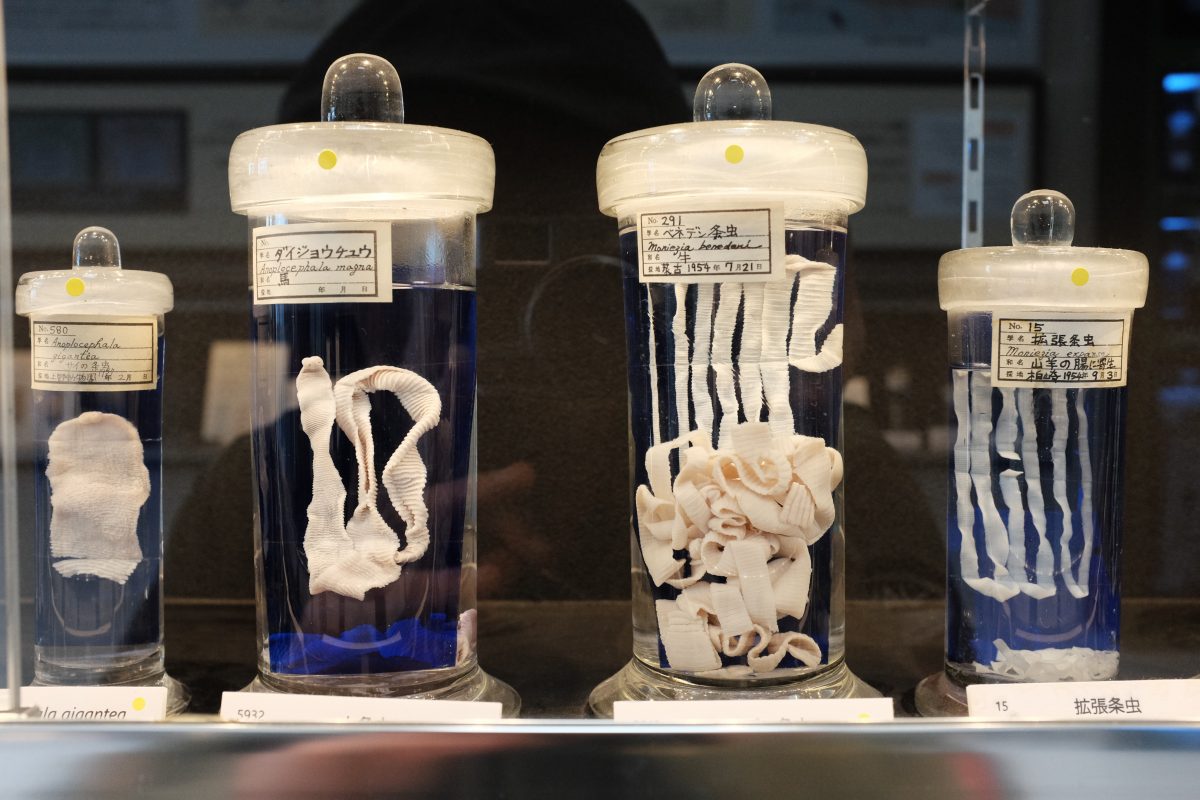



How did we even know there was a Meguro Parasitological Museum? My daughter is a fan of Nekojiru manga. The Nekojiru pieces below are about her visit to the parasite museum in the late 90’s. Credit for translations to Read Nekojiru.


This was a fascinating museum. It was cool (and a little scary) to see actual specimens of parasites extracted from human subjects. Highly recommended.
Ueno Zoo
I went to Ueno Park to look for cherry blossoms but I was too early. There were only one or two plum trees with flowers so far. So instead I walked through the Ueno Zoo and, as usual in the afternoon, most of the animals were hiding or asleep. It was still fun to watch all the little kids running around in their cute uniforms. They were just happy to be outside in the sun. And so was I.




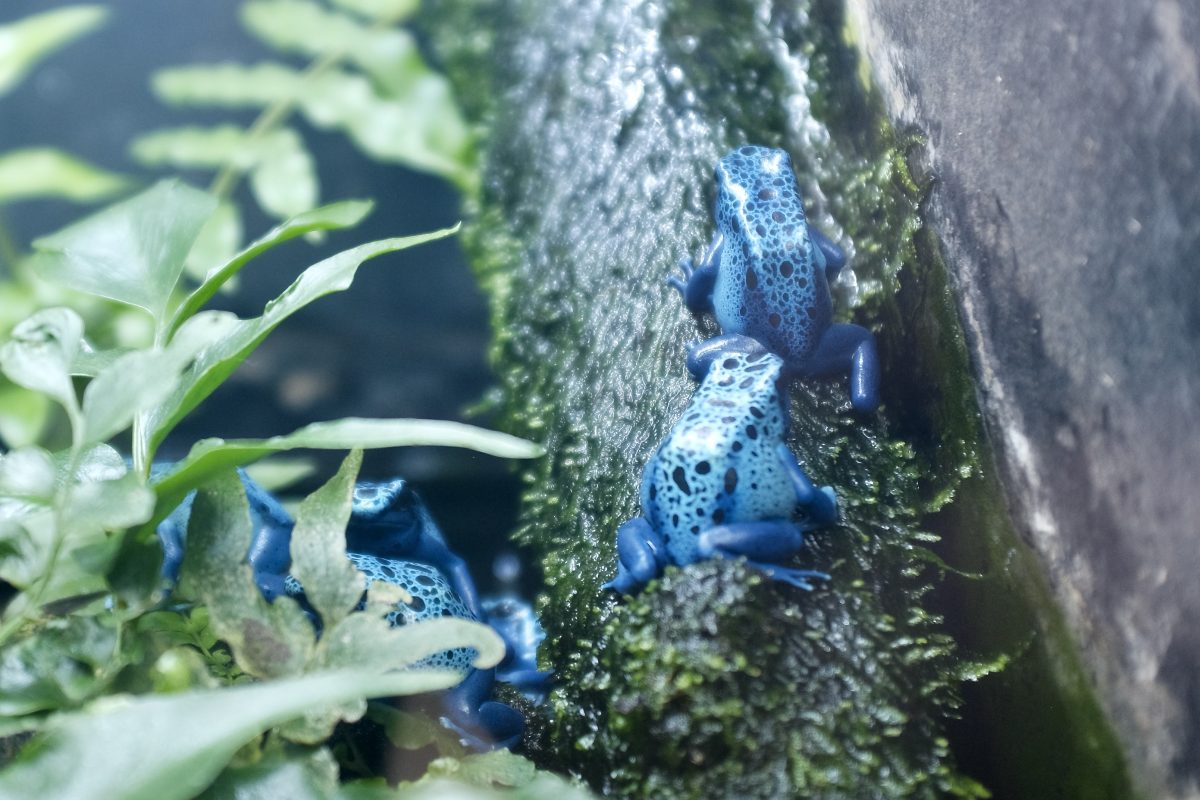
BATS!! A slow motion iPhone video.
.
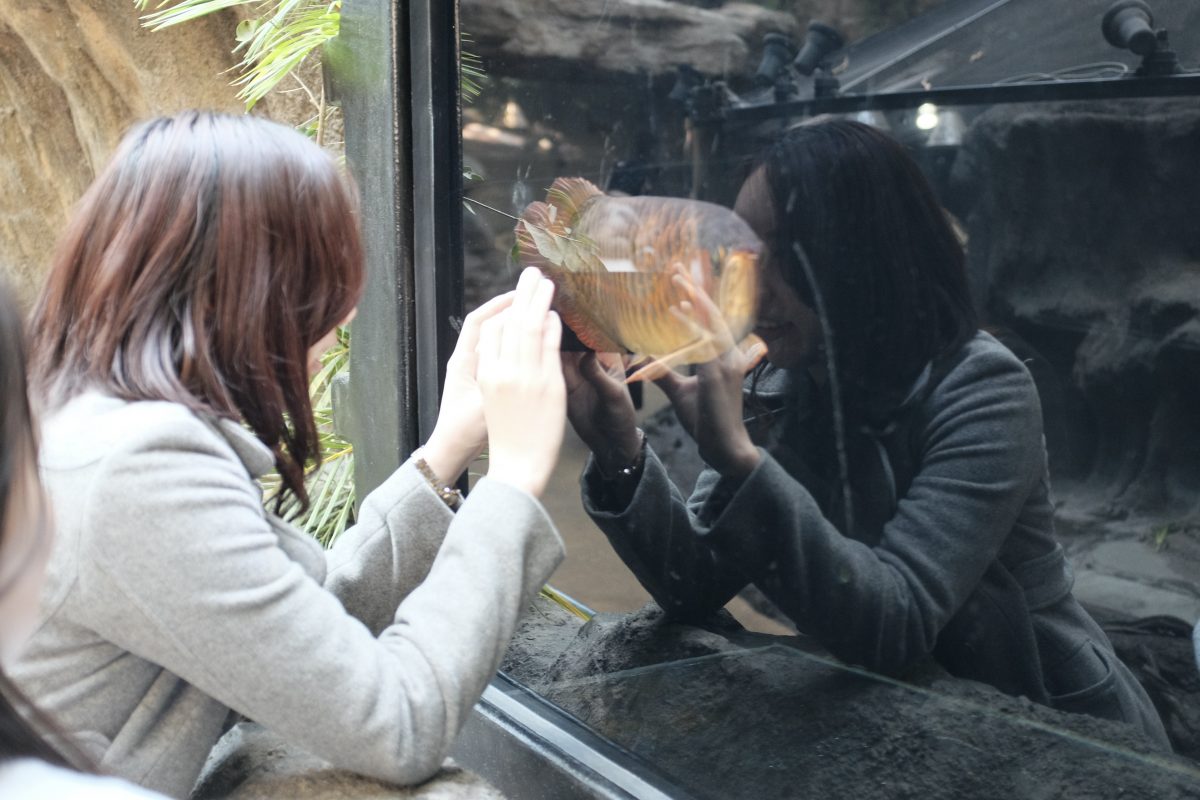

Here is a link to the Ueno Zoo website in English.
Cats and Fish: Asakusa-Nekoen and Sumida Aquarium
We visited Asakusa-Nekoen rescue cat cafe near our house before going to the Sumida aquarium. Half the cats were around 15 or 16 years old and were the original cats from when the place opened. The other half were quite young and available for adoption. The person who ran the place told us that over 15 years she has had 400 cats through the place that were adopted to new homes.





Next stop was Sumida aquarium inside Tokyo Sky Tree.

My camera does not do a good job taking photos through glass but I like these ones from Sumida Aquarium. There were so many tanks of beautiful fish, fresh water and ocean.


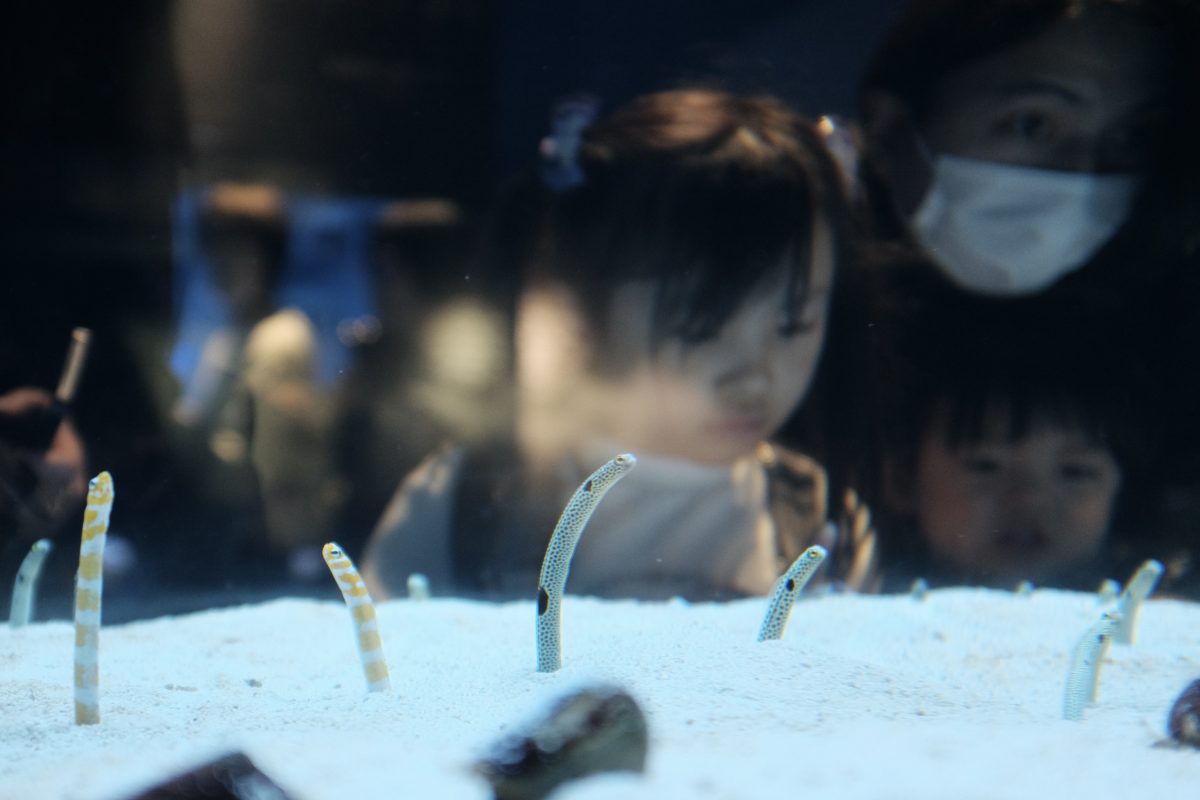



If you like visiting aquariums, there are a few pictures of the COEX aquarium in Seoul in this post.
Vending Machines of Japan
Vending machines are everywhere in Tokyo: every street corner, every dark alleyway, every train station, every parking lot. Everywhere. Sometimes they stand alone, sometimes they are in pairs, sometimes they are in gangs of three and sometimes a whole row of them line up on one side of the street and watch you go by.
There is something animate about them. After I photograph them, I remember them. When I see them again, I recognize them..it’s like that feeling of bumping into someone you have met somewhere before. They remind me of jukeboxes a little. You have a relationship with them, an agreement…you give them your coins, push the right buttons and the machine gives you what you want. At night, their bright paint and little blinking lights entice you from afar.
“How about a beer?” they ask.
Or, in their quiet understanding way they remark: “I bet you could use a cigarette right now.”
I am going to miss them.
boop beep boop beep ding-ding-ding-ding-ding
















Good night my friends..
Japanese Convenience Stores: Konbini
Japanese convenience stores are very different from their North American counterparts. On top of things like toilet paper, cup noodles and soda, they also have an enormous variety of snacks, fully cooked meals, meal prep kits to take home, and every drink you can imagine. Last time I was at 7-Eleven I even noticed plastic wrapped dress shirts and neckties in case you need one in a hurry. Underwear too! There is usually a place to sit down to eat as well as a clean public washroom. Free Wifi and foreign card ATMs are also available. Amazing. I photographed all the stores at night because I like the way their incandescent glow washes over the street and backlights the people going in and out.



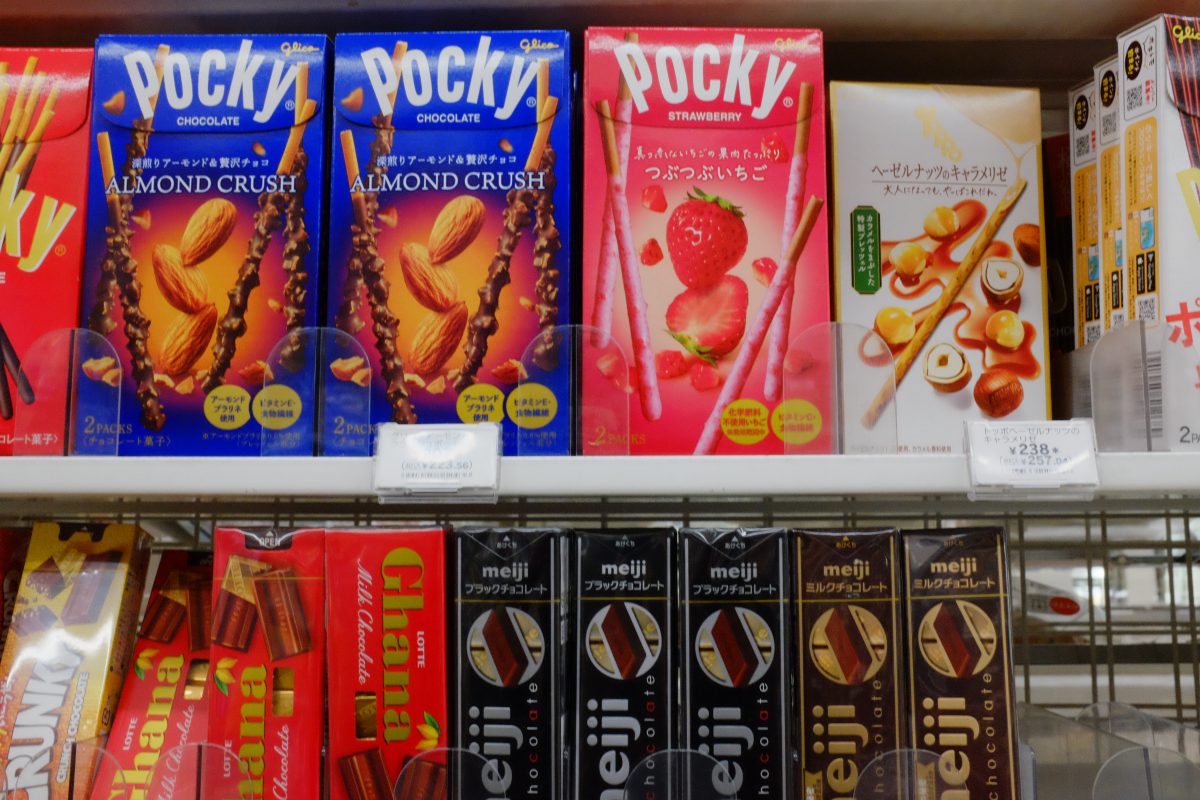




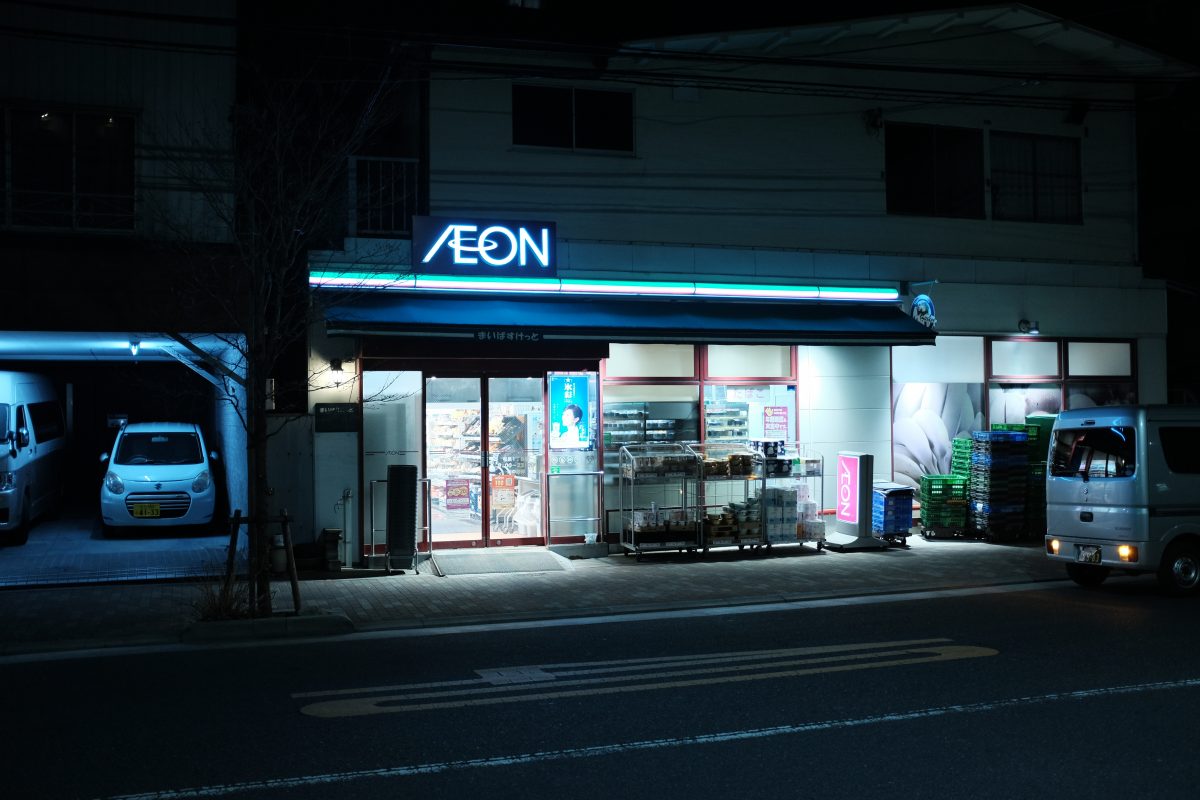



There is so much more to these places….they have EVERYTHING (except deodorant). The novelty and variety of the snacks alone is astonishing. They have no equal elsewhere.
Kappabashi Street and 食品サンプル
For as long as I can remember, my daughter has been obsessed with fake food. When we went to Ikea, she was far more interested in the rubber grapes and plastic apples in the displays than any stuffed animal or toy. So we were pretty happy to discover Kappabashi street not far from our house in Tokyo.
Kappabashi Street is home to restaurant supply stores selling everything from pots and pans to tableware and chef uniforms. But not only that. They also supply shokuhin sampuru, the plastic and rubber food that is used in restaurant window displays across the country. Everything you see below is fake. If it wasn’t wrapped in plastic, it would be hard to tell that it wasn’t real.







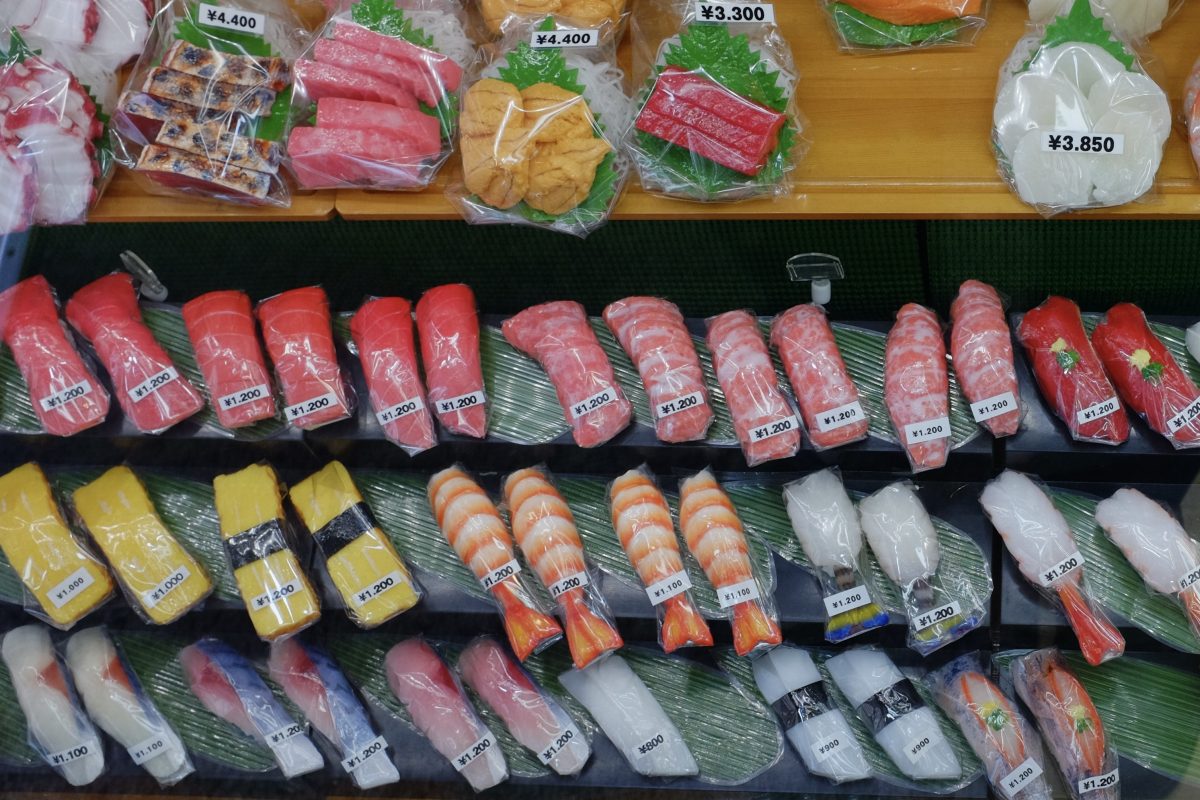
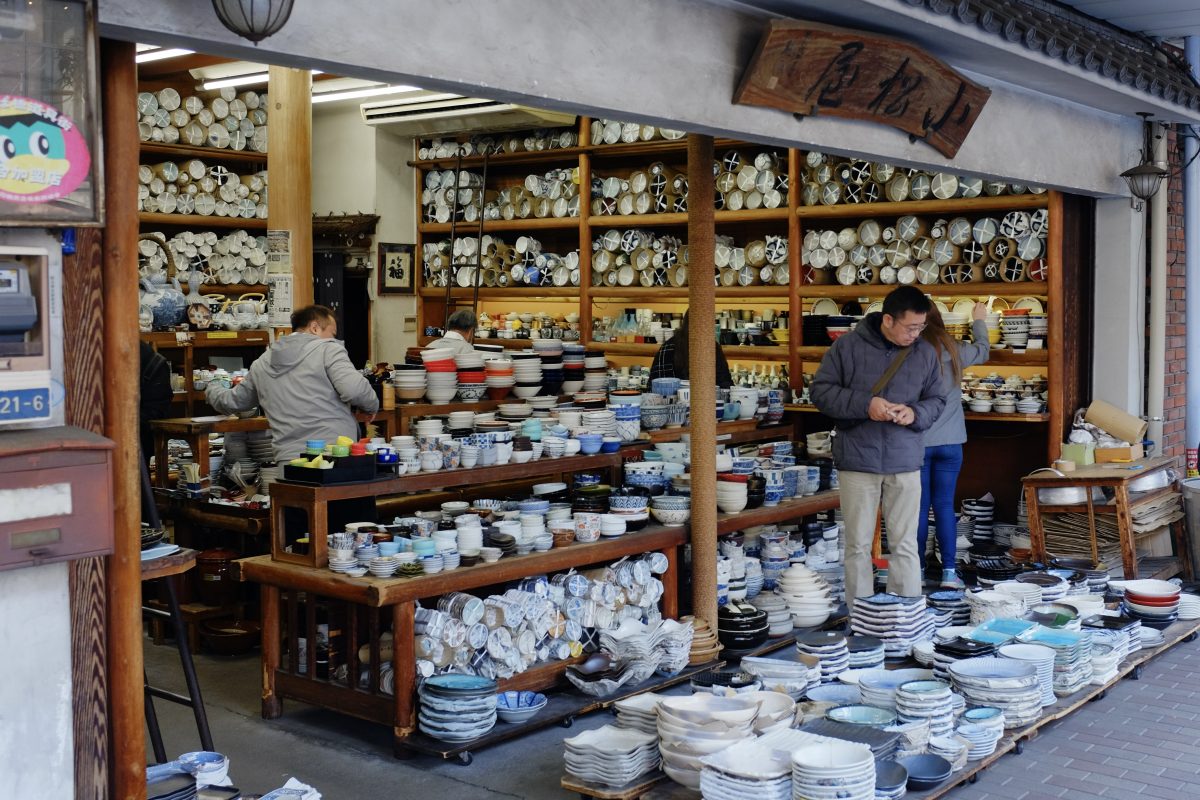


Meiji Jingu Shrine
Meiji Jingu is a Shinto shrine in Shibuya, right beside Yoyogi Park not far from Harajuku. Huge trees lean over wide walkways dappled with sunlight and shade. It is winter now so most of the gardens and ponds are still sleeping but I imagine it must be beautiful in the summer when everything is in bloom. It is a good place to have a relaxing walk away from the buzz of Tokyo.

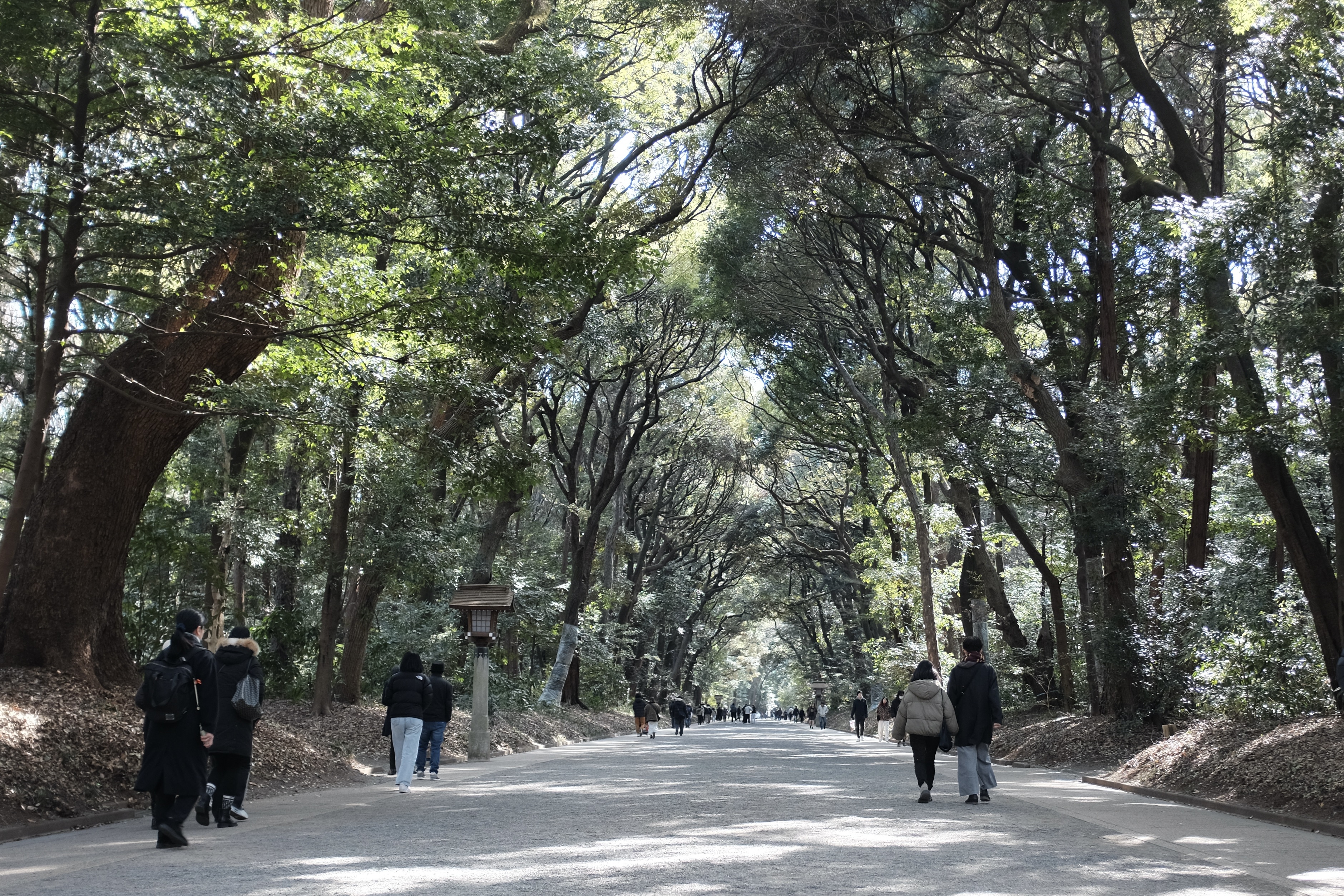






Here is a link to the official Meiji Jingu shrine website for more information.
Ochanomizu Station and Cafe Lumiere
I was mesmerized by the closing sequence of Hou Hsiao Hsien’s “Cafe Lumiere” the first time I saw it. I have never forgotten this hypnotic urban landscape in motion. Yesterday, as we were walking over a bridge near Ochanomizu Station, I suddenly realized that I was seeing this same scene again. These are the kinds of discoveries that make travel exciting and they are the reason I try to walk everywhere. When you travel underground it is faster at the cost of missing all the “in between” things. Some of my best travel experiences have happened somewhere in the space between my departure point and destination. Today’s discovery is a perfect example of one of those serendipitous moments and it is one of my favourite things I have seen in Tokyo so far.

Here is the closing sequence from the movie. It is shot in slow motion from a slightly different perspective than my pictures.
I waited for over an hour to get two or even three trains in the frame at the same time. These are the best shots I got. Sometimes there are even boats travelling up the Kanda River underneath it all. But…trying to get everything in the picture at the same time is like standing around waiting for a solar eclipse to happen by chance. Hou Hsiao Hsien probably sent an assistant up to the bridge and made him stand there all day filming.





Seeing this made me so happy.
A few days later, I went back to the bridge to try my luck again. After a couple of hours, I got this shot which I plan to print and display on my wall at home:

Cat Therapy Day at Neco Republic
A Sunday trip to visit a rescue cat cafe in Ochanomizu. Neco Republic is warm clean space where the cats seem to be very well cared for. Cute cats are everywhere, some shy and some friendly. Most of them are found or abandoned pets and some are in pretty rough shape. We spent just over an hour there to recharge our cat batteries.
Both of us have cats at home and we both admitted to missing them right away. Luckily, Tokyo has a large number of cat cafes to warm travellers hearts. I am not sure about the ethics of keeping animals in shops for customers entertainment, especially fragile pets like reptiles. Even cats, though domesticated, need their peace and quiet. You have to respect that part of their nature, so I wasn’t sure about cat cafes either. But, we did our research and this place seemed to really put the cats needs first.











Look here if you would like to book a visit. And if you like cat cafes, check out this post about another one in Tokyo.
Jimbocho Book Town
Jimbocho book town in Chiyoda is the centre for used book sellers and publishing houses in Toyko. Vintage books, prints, magazines, antiques, pornography and movie memorabilia shops spread over a few city blocks.

Jimbocho is also home to a few shops that specialize film production promo prints, original posters and photographs. In a tiny crowded shop called Vintage Jinbocho, I found this beautiful post card of Wong Kar Wai’s “Days of Being Wild”. It has the signature green tint of the original film. You can find Japanese language promotional items for films from all over the world including Hollywood releases. Of course, there are also plenty of promo materials for Japanese films, something that is difficult to find elsewhere. Here is the link to Vintage Jinbocho.



You will see both JiNbocho and JiMbocho used in English spellings. Both are correct.